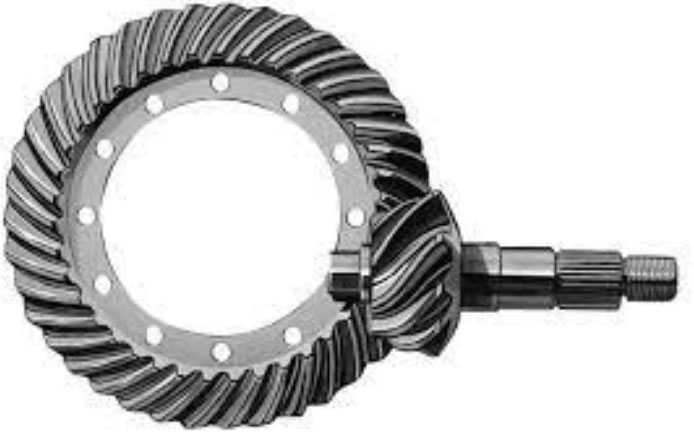
Future innovations in hypoid gear technology are likely to focus on enhancing gear performance, efficiency, and durability. As technology continues to advance, engineers and manufacturers are exploring various engineering solutions to address existing challenges and meet the evolving demands of modern applications. Some potential future innovations in hypoid gear technology include:
1. Material Advancements:
Research into new materials and alloys with improved mechanical properties, such as higher strength, wear resistance, and reduced friction coefficients, could lead to gears with enhanced load-carrying capacity and longer service life.
2. Surface Coatings and Treatments:
Advanced surface coatings and treatments, such as diamond-like carbon (DLC) coatings and ion implantation, may further reduce friction and wear, improving gear efficiency and performance.
3. Simulation and Optimization Tools:
Continued development of advanced simulation and optimization tools will enable engineers to design and analyze hypoid gear systems more accurately, leading to optimized gear geometries, contact patterns, and load distributions.
4. Additive Manufacturing:
3D printing and additive manufacturing techniques offer new possibilities in gear design and production. This technology may allow for more intricate gear designs and customized solutions for specific applications.
5. Advanced Gear Cutting Techniques:
Further developments in gear cutting processes, such as high-speed machining, precision grinding, and ultra-precision honing, can lead to gears with superior surface finish and gear tooth accuracy.
6. Smart Gear Technology:
Integration of sensors and condition monitoring systems into gearboxes could enable real-time monitoring of gear health and performance, facilitating predictive maintenance and minimizing downtime.
7. Noise Reduction Techniques:
Advancements in gear design and manufacturing methods may lead to quieter gear systems through improved tooth contact patterns and enhanced gear meshing profiles.
8. Eco-Friendly Lubricants:
The development of eco-friendly lubricants with reduced environmental impact can contribute to more sustainable gear systems without compromising performance.
9. Gearbox Design and Integration:
Innovations in gearbox design, such as compact and lightweight designs, will help optimize gear systems for specific applications, including electric vehicles and robotics.
10. Automation and Robotics:
The integration of automation and robotics in gear manufacturing processes can enhance production efficiency, precision, and consistency.
11. Renewable Energy Applications:
As renewable energy sources continue to gain prominence, specialized hypoid gear systems may be designed for wind turbines, tidal power generators, and other renewable energy applications.
Overall, the future of hypoid gear technology is promising, with ongoing research and development focusing on improving gear performance, reducing friction, enhancing durability, and addressing specific application requirements. These innovations will enable hypoid gears to continue playing a vital role in various industries, from automotive and aerospace to heavy machinery and beyond.
